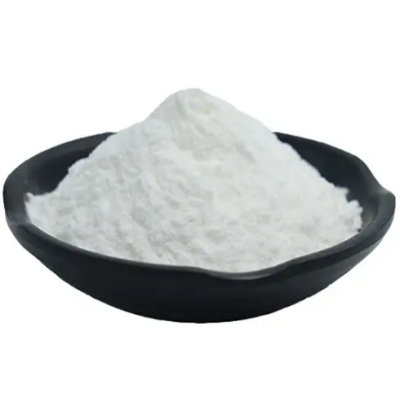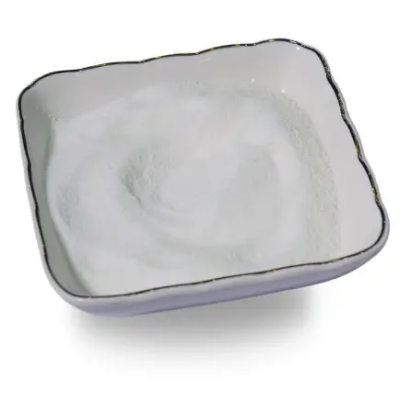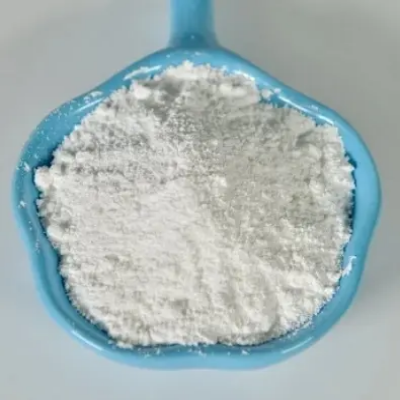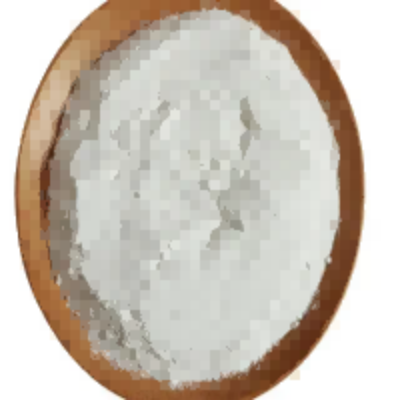Benzyltriethylammonium hydroxide CAS:1836-42-6
Benzyltriethylammonium hydroxide (BTEA) has a range of significant applications primarily due to its excellent solubility properties and basicity. One of its primary uses is as a phase-transfer catalyst in organic synthesis. It helps in transferring reactants from one phase to another, especially from an aqueous phase to an organic phase, which is crucial in reactions involving ionic compounds. This property significantly speeds up reaction rates and increases yields, making it invaluable in industrial processes. In addition to its catalytic role, BTEA is also utilized in the synthesis of various organic compounds. For instance, it can facilitate the alkylation of phenols and alcohols, thereby expanding the potential for creating more complex organic molecules. Its efficiency in promoting reactions in multiphasic systems is beneficial in the production of pharmaceuticals and agrochemicals. Furthermore, BTEA's strong basicity makes it an effective reagent in organic synthesis and chemical reactions requiring a basic environment. It is commonly employed in producing surfactants, where its quaternary ammonium structure imparts surfactant properties that lower surface tension, making it useful in detergents and cleaning agents. In the field of materials science, BTEA has been researched for its potential applications in the development of new materials, particularly those requiring specific ion interactions. Its ability to stabilize various ionic species in solution enhances its potential in creating tailored materials. Overall, the diverse applications of Benzyltriethylammonium hydroxide underscore its importance in both organic chemistry and industrial applications, making it a valuable compound in chemical research and production.






| Composition | C13H25NO |
| Assay | 99% |
| Appearance | white powder |
| CAS No. | 1836-42-6 |
| Packing | Small and bulk |
| Shelf Life | 2 years |
| Storage | Store in cool and dry area |
| Certification | ISO. |









